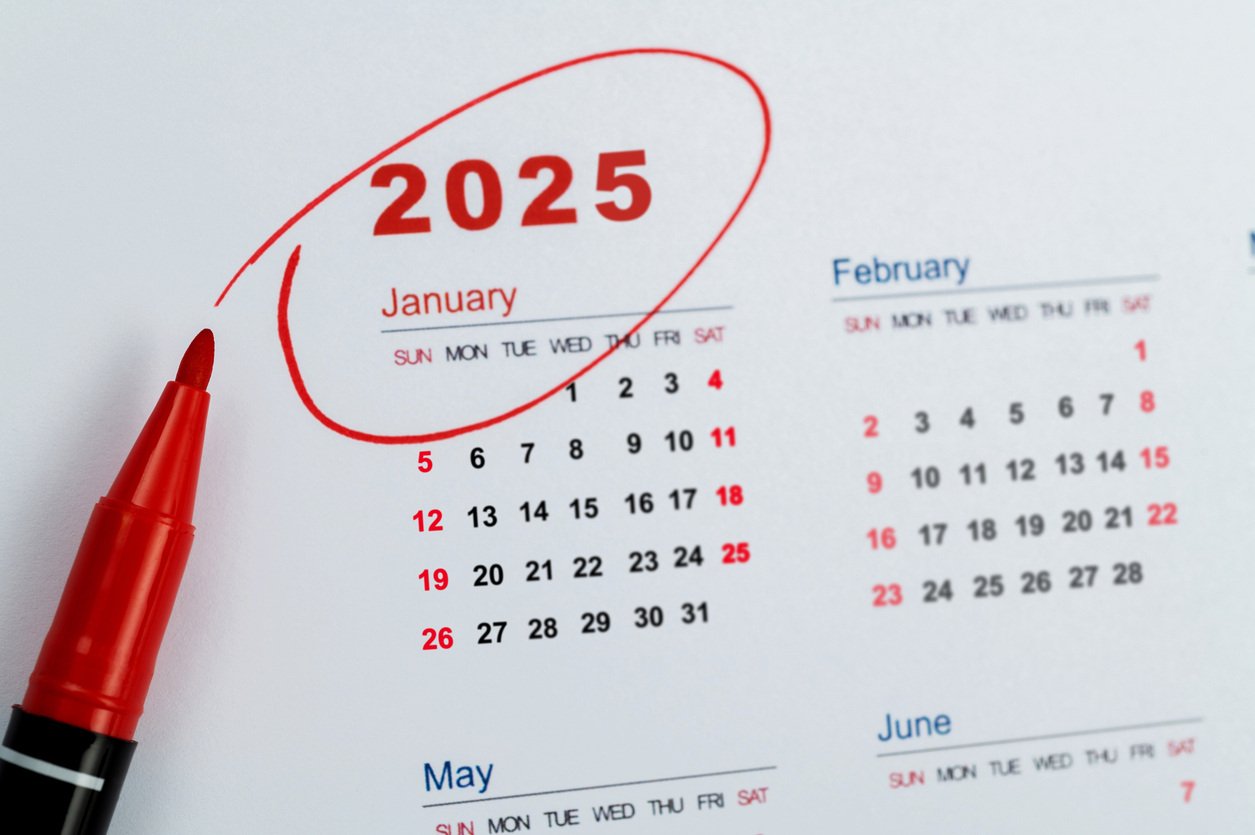
Written by
Aidan Farrish
Aidan is an aPHR-certified writer on the marketing team at BerniePortal. She writes about HR, healthcare, and benefits.
SECURE Act 2.0 Mandates Automatic Enrollment in 401(k)s & 403(b)s

As an HR professional, you might act as the plan administrator for retirement benefits and work closely with a third-party administrator (TPA) to ensure contributions and distributions are ported correctly. SECURE Act 2.0, or Setting Communities Up for Retirement Enhancement Act 2.0, will inevitably affect how your organization offers retirement benefits.
One of the major provisions of SECURE 2.0 mandates that employers automatically enroll eligible employees in employer-sponsored 401(k) or 403(b) plans. Let’s break down how this provision works, who it affects, employer responsibilities, and how to prepare for automatic enrollment.
What Is SECURE Act 2.0?
The SECURE Act, first passed in 2019, was designed to encourage individuals to save for retirement and provide incentives for employers to offer retirement benefits. SECURE 2.0, passed in 2022, expands on the original legislation, introducing additional provisions to strengthen retirement security, simplify administrative processes, and encourage broader retirement plan participation.
Key provisions of SECURE Act 2.0 include:
-
Automatic enrollment in 401(k) and 403(b) plans for eligible employees
-
Expanded hardship withdrawal allowances
-
Increased tax credits for small businesses offering retirement plans
-
Adjustments to required minimum distribution (RMD) rules
SECURE Act 2.0 Requires Automatic Enrollment in Employer-Sponsored 401(k) & 403(b) Plans
One of the most impactful changes in SECURE Act 2.0 is the automatic enrollment provision (Section 101), which mandates that employers offering 401(k) or 403(b) plans must automatically enroll eligible employees.
Key Details of the Automatic Enrollment Requirement:
-
Employee contributions start at a minimum of 3% of their salary
-
Annual contribution increases of 1% until reaching at least 10% (capped at 15%)
-
Applies to new employer-sponsored plans starting after December 31, 2024
-
Existing 401(k) and 403(b) plans are grandfathered and exempt from this requirement
Can Employees Opt Out of Automatic Enrollment?
Yes, employees can choose to opt out of automatic enrollment. Employers should consider sending advance notices to employees about their automatic enrollment status, contribution rates, and opt-out options.
How Does SECURE 2.0 Impact Employer Responsibilities?
Employers must ensure their 401(k) and 403(b) plans comply with automatic enrollment requirements. Key considerations include:
-
Notifying employees about automatic enrollment and their right to opt out
-
Setting up payroll deductions for automatic contributions
-
Coordinating with third-party administrators (TPAs) to manage retirement benefits efficiently
-
Using an HRIS like BerniePortal to streamline enrollment and payroll deductions
Are There Incentives for Employers to Offer Retirement Plans?
To offset costs, SECURE Act 2.0 offers small business tax credits to employers starting new retirement plans, covering up to 100% of administrative costs for businesses with fewer than 50 employees.
How Can HR Professionals Prepare for SECURE 2.0 Compliance?
To ensure compliance and smooth implementation of automatic enrollment, HR professionals should:
-
Audit current benefits enrollment processes to determine the best approach for integrating automatic enrollment.
-
Communicate changes to employees with clear notices about automatic enrollment and opt-out options.
-
Leverage HR technology like BerniePortal to manage payroll and benefits administration seamlessly.
-
Partner with a TPA to ensure compliance and smooth plan administration.
The SECURE Act 2.0 automatic enrollment mandate aims to increase retirement savings participation among employees. By proactively preparing for compliance, HR professionals can ensure a smooth transition while maintaining compliance with federal regulations.
Additional Resources
You can stay informed, educated, and up to date with important HR topics using BerniePortal’s comprehensive resources:
- BernieU—free online HR courses, approved for SHRM and HRCI recertification credit
- BerniePortal Blog—a one-stop shop for HR industry news
- HR Glossary—featuring the most common HR terms, acronyms, and compliance
- Resource Library—essential guides covering a comprehensive list of HR topics
- HR Party of One—our popular YouTube series and podcast, covering emerging HR trends and enduring HR topic

Written by
Aidan Farrish
Aidan is an aPHR-certified writer on the marketing team at BerniePortal. She writes about HR, healthcare, and benefits.
Related Posts
Each year, new state and local regulations take effect, and with a new administration...
As we approach 2025, it's essential for HR professionals to plan for the upcoming year's...
From major holidays to key compliance and ACA deadlines, here’s everything you need to...









Submit a Comment